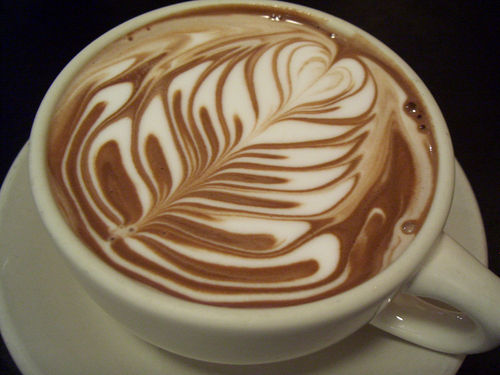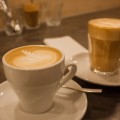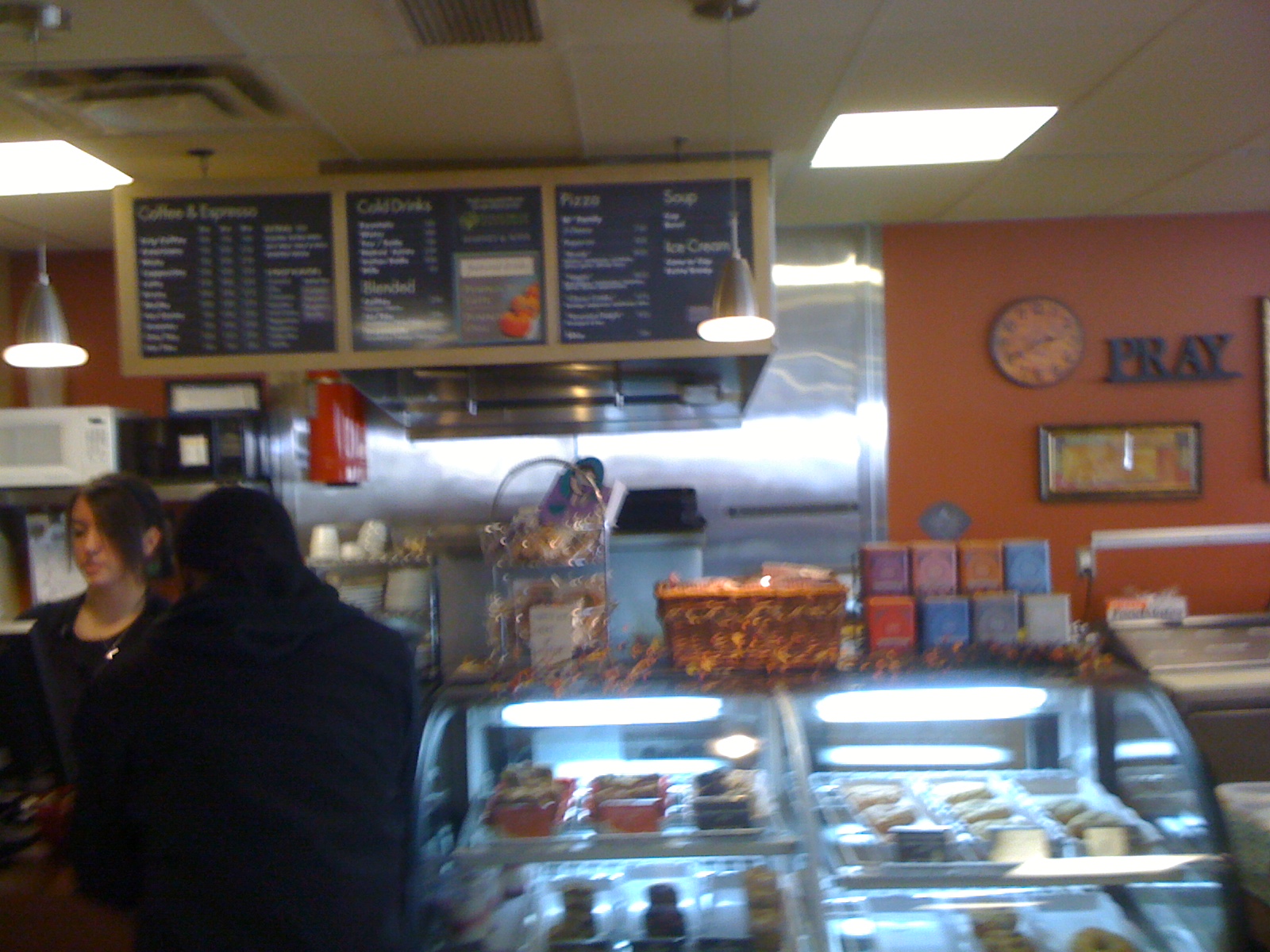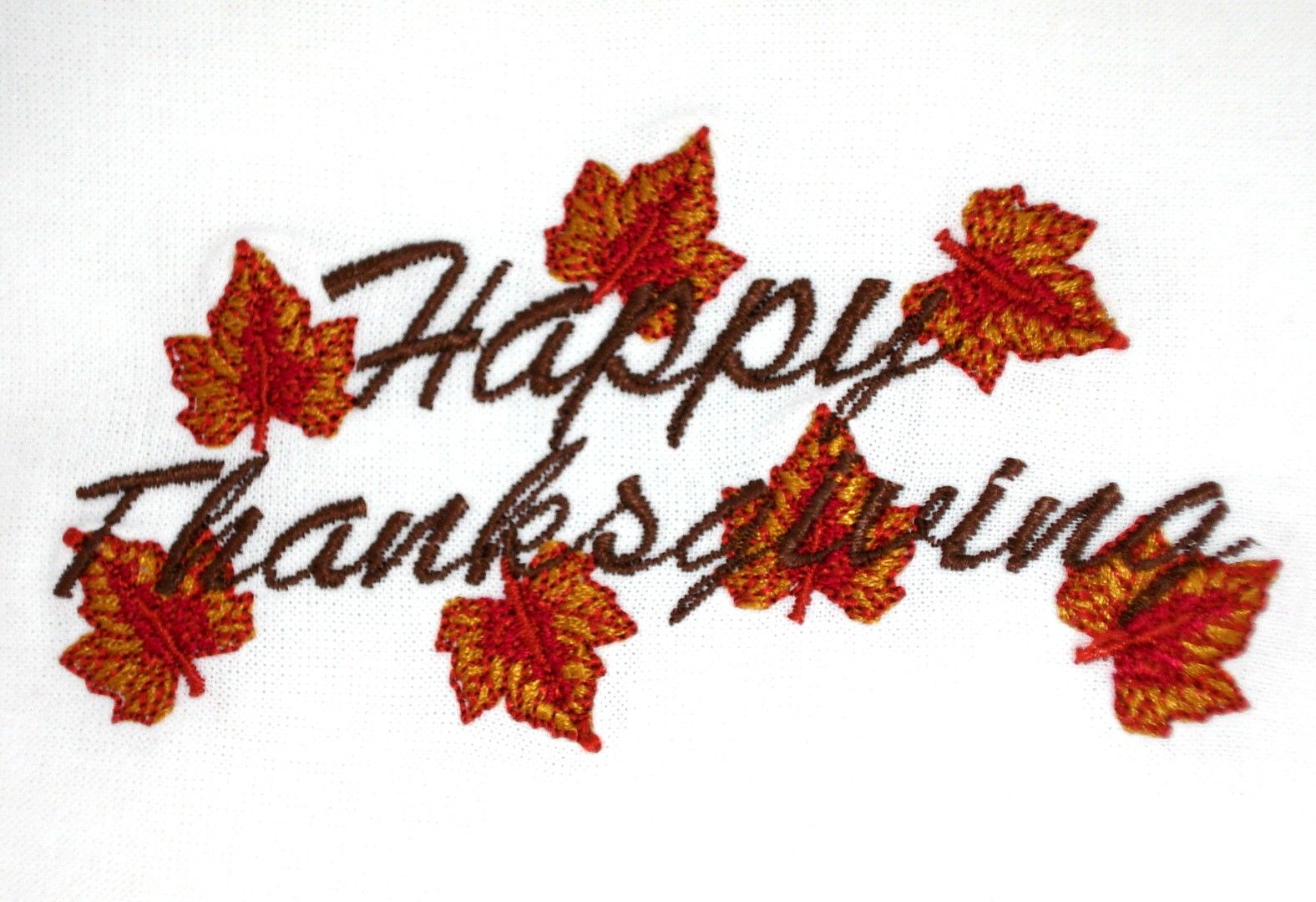 Uh, hi there. I’d like a triple grande vanilla latte with half the normal amount of syrup, 145 degrees with two ice cubes, and two straws please.
Uh, hi there. I’d like a triple grande vanilla latte with half the normal amount of syrup, 145 degrees with two ice cubes, and two straws please.
Say what?
I recently read an article on wikiHow entitled “How to Order Coffee” and it got me thinking. If you’re like the rest of us, ordering coffee can be incredibly confusing. Before I worked at a coffee shop I had no clue what the difference between a latte and an Americano is.
So, I’ve decided to write an all-encompassing definitive guide to ordering coffee. HA! Not nearly. Actually, if you get anything out of this post it should be that ordering coffee is not a constant, it’s very much a variable. It changes depending on what part of the country you’re in, what kind of coffee shop it is, and how big (or little) of a coffee snob the barista is. That said, if you know absolutely nothing about coffee or espresso, hopefully you learn a thing or two from this modest post. First, a couple handy things to keep in mind if this is your first time ordering coffee.
Handy Thing #1 – Not every coffee shop is a Starbucks.
Please refrain from using terms such as ‘tall,’ ‘grande,’ or ‘venti.’ It’s an insult to the rest of the coffee community.
[youtube http://www.youtube.com/watch?v=wic5Mf06SJ0?hd=1&w=560&h=349]
Stick to 12oz, 16oz, or 20oz. These are the standard sizes for most American coffee shops.
Handy Thing #2 – Know what you want to order.
Before going up to make your purchase, have a drink in mind. If there are people behind you, it’s only courteous. That said, if it’s your first time at the coffee shop or cafe, it never hurts to ask the barista what they’re favorite drink is and give that a whirl.
Handy Thing #3 – Tip Well.
Baristas rarely make above minimum wage (and if they do, it’s not much). The least you can do, whether it be at a chain coffee shop or a hole-in-the-wall local cafe, is to tip the barista. 20% is definitely ok, but why not share the love? Throw a dollar or two in their tip bucket. The coffee business is hard work, both physically (it takes skill to make good espresso) and emotionally (keeping people entertained all day is seriously draining). Pay it forward and make their day.
With those three rules in mind, let us proceed to defining some basic coffee and espresso drinks. As I said, specific names may vary by region, but most coffee shops keep this core menu intact.
- Drip Coffee – The brick and mortar of coffee shops throughout America. Similar to what you might brew in your home coffee pot, generally coffee shops provide cream and sugar free of charge for you to use if you so desire.
- Espresso – Espresso is very concentrated coffee, made by using large amounts of pressure to push boiling hot water through finely ground coffee beans. It originated in Italy, the first machine being patented in 1884. It can be enjoyed alone, or combined with milk or hot water to create other drinks. Espresso is most commonly pulled in “shots.” The more shots, the higher the caffeine content of the drink. Generally 12oz, 16oz, and 20oz drinks contain 1, 2, and 3 shots respectively, though this changes largely between coffee shops.
- Latte – When shots of espresso are combined with steamed milk, the result is a latte. Generally there is a slight amount of milk foam on top to round it off nicely. If you don’t want any foam, order a “flat latte.”
- Cappuccino – One part foam, one part milk. A cappuccino is like a latte with significantly more milk foam. It can be ordered “dry” (more foam) or “wet” (less foam, more milk).
- Americano – Espresso in a mug or cup, diluted with hot water. Similar to black coffee, but stronger. Legend says this drink got its name when American soldiers in WWII couldn’t handle the strength of pure espresso, so they watered it down with hot water.
- Macchiato – While Starbucks has made their carmel macchiato famous among teens and young adults, the real thing is very different. A true macchiato is one or more espresso shots capped off with a touch of milk foam.
- Mocha – A mocha is essentially a latte with chocolate syrup. Some coffee shops these days use chocolate milk, especially drive through shops. Many shops will ask if you want whip cream with your mocha.
- Breve Latte – Commonly referred to simply as “breves,” breve lattes are lattes made with half & half instead of whole milk. They are significantly richer and heavier.
Along with your basic drinks, realize that variety is the spice of life. Most coffee shops use whole milk with their milk-based espresso drinks unless asked otherwise. If you want skim milk or half & half, speak up and say so. If you want decaf coffee or espresso, make sure to express that up front. If you want half decaf shots and half caffeinated shots you want your drink “half caff.” Also, don’t forget to tell the barista if you want extra shots (double, triple, quad shot, etc.) Finally, don’t forget that these drinks are available iced as well!
Try a flavored drink! Common flavors for flavored lattes or mochas are:
- Vanilla
- Hazelnut
- Irish Cream
- Carmel
- White Chocolate
- Chocolate
- Raspberry
- Pumpkin Spice (seasonal)
- Peppermint (seasonal)
Feeling risky? Try a raspberry mocha or a “milky way” (carmel mocha). Although sweet, these drinks may be exactly what you want on a chilly morning or a Saturday at the bookstore.
Next time you walk into a coffee shop, do so in confidence. Yeah, you might sound like a total fruitcake ordering a “12oz iced breve latte.” But really, at the end of the day, if you’re drinking delicious coffee does it really matter how you sound when you order it?
The Coffee Guy
Bonus drinks to try:
Cubano shot- Espresso pulled through sugar.
Iced espresso- For hot days when you need a quick jolt.
Shot in the dark- A cup of drip coffee with an espresso shot thrown in for good measure.
Steamer- A flavored latte, without the espresso. Closer to a hot chocolate, only with whatever flavoring and milk you want.




I am pretty certain the Organic Vanilla Breve Cubano may be the most perfect drink on earth.
That sounds delicious! I gotta get one sometime soon.
Enjoying your blogs, learning a little about my favorite beverage.
I’ll bet your room has the best aroma of all of WP!
My favorite coffee story of all time: I was working at a little coffee shop one day when this woman comes in—this probably won’t mean much to you, but she was the quintessential “Naperville, IL Woman.” Bleach blonde hair done up perfectly and hairsprayed to make her head brick-like, tight leggings, a jacket that had a cheetah-skin print and sequins, Paris Hilton sunglasses, and a bag/purse as big as the Lexus she pulled up to the shop in. I ask her, “What can I get for you?” She replies, “Okay, this is going to sound weird, but I ask for it at other places and they can do it for me…”
“Sure, I’ll give it a shot, too. What is it?”
“Okay. I want a chocolate latte. But with skim milk.”
“Oh, that’s no problem. We actually just call that a mocha, for next time.”
“No, no, no, I don’t want a mocha. I want a chocolate latte.”
“…right. Well, I mean, a mocha is actually a latte with chocolate in it.”
“No, you’re not understanding—I knew this would be too complicated. Look, I just want a latte, but I want you to put chocolate IN it. And if that’s too hard for YOU to figure out how to do, I’ll ask your MANAGER to do it FOR you!”
“….Oh, I’m sorry. So it’s not a mocha you want—you want a latte, but with chocolate IN it. I’m really sorry, we call that a, um… Choco-latte. My mistake.”
But guess what… I made her a mocha. And she loved it.
Thanks for sharing this information. I watched a video on YouTube. In this video we will see some conversations that will show us how to talk in English when you are at a cafe. What words and phrases would you use if you went to a cafe and wanted to order coffee? This video is very interesting. For watching this video please click on this link:
http://www.youtube.com/watch?v=LyoDt3egGHg&feature=plcp